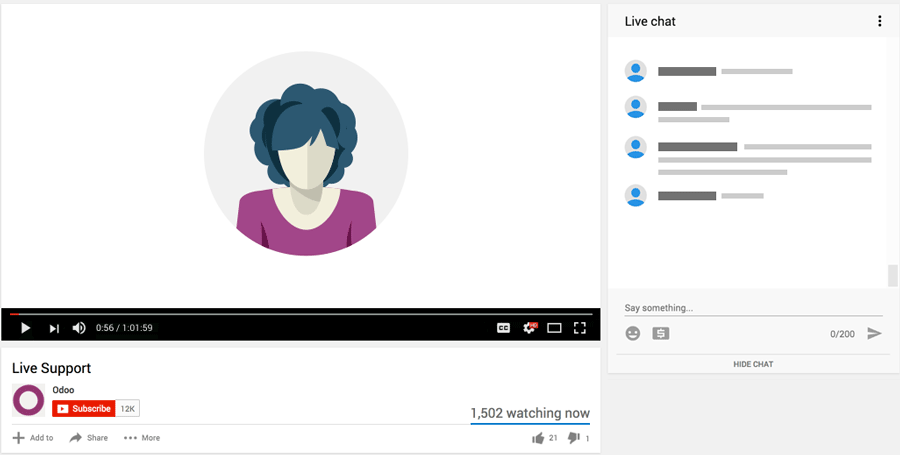Hi everyone,
I wanted to share my experience using Odoo to build my photography portfolio website. As a photographer, I needed a platform that could handle high-resolution images, videos in 4K, and provide substantial storage—all while being cost-effective.
I explored various options, including Instagram and Twitter for quick sharing, and even considered Squarespace. However, I found that these platforms had limitations, especially when it came to handling large files and offering the level of customization I needed.
That’s when I decided to try Odoo. The open-source nature of Odoo allowed me to create a highly customized website, meeting all my requirements without any upfront costs. The flexibility was a game-changer for me, and the SEO tools integrated into Odoo have helped my website, ranjanb.com, start ranking on Google. I recently posted a comment on Reddit where I discussed how Odoo helped me overcome some common challenges photographers face when choosing a platform for their portfolio. You can check out my comment here.
I’m curious to know how others in this community have utilized Odoo for their websites, especially those handling large volumes of media. What’s been your experience, and do you have any tips for optimizing performance and SEO on the platform?
Looking forward to hearing your insights!
Best regards,
Ranjan Bhattacharya

